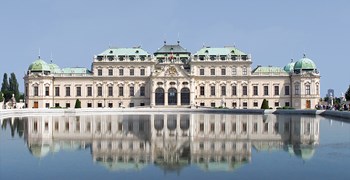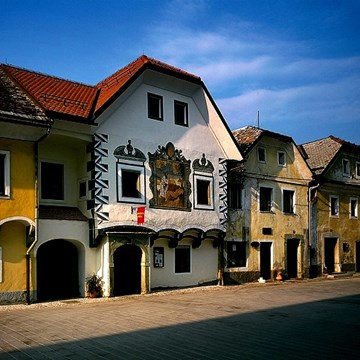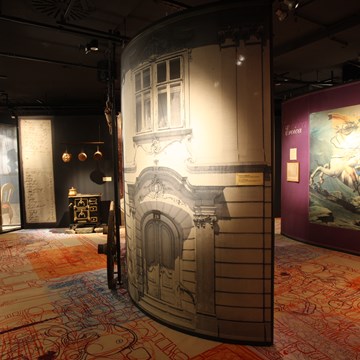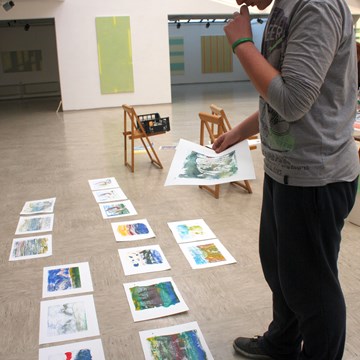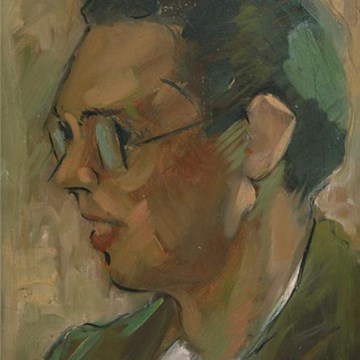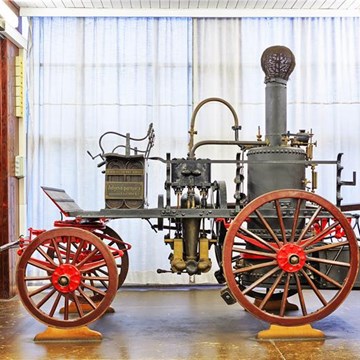Is that Biedermeier? Amerling, Waldmüller, and More
The exhibition looks at painting between 1830 and 1860, a time frame starting in the Biedermeier period but extending far beyond this era. These were superlative decades in the development of painting, as the exhibition will demonstrate in a selection of representative works. At the same time, visitors will be able to appreciate how art evolved independently and cannot be pigeonholed within an historical epoch like the Biedermeier period.
The exhibition starts with works from the 1830s that reflect the high standard of painting in Austria, or more specifically Vienna. Art evolved to reach new heights in the 1850s. In this decade, all the innovations in painterly style and composition were consolidated resulting in a new heyday in painting. Most depictions from this time resemble a last creative surge on the cusp of a new stylistic epoch and have tremendous expressive force as a result.
The exhibition focuses on “profane” painting comprising subjects that reflect everyday life: portraits, landscapes, and genre scenes in the widest sense. It concentrates on Vienna, paying particular tribute to the work of Ferdinand Georg Waldmüller. Waldmüller is often erroneously regarded as a “Biedermeier painter”, ignoring the fact that many of his most famous works post-date 1848. A selection of his late works will take centre stage in this exhibition. These will be complemented by artworks from other European art metropolises that shed light on parallels and influences.
A further focus will be interior design, especially furniture manufacture, which underwent a tremendous development during these years. A range of furnishings reflect the shift in style from Biedermeier to the “Second Rococo” and comparisons can be drawn between the objects in the exhibition and those illustrated in paintings.
The show will be accompanied by a catalogue exploring art and its developments in Austria, especially Vienna, and in various other European art centres.
Lower Belvedere
http://www.belvedere.at/en/biedermeier
Exhibitions and events

Permanent Presentation at the Upper Belvedere
Permanent exhibitionThe Upper Belvedere houses the impressive collection of Austrian art dating from the Middle Ages to the present day. At the heart of the displays of "art around 1900" is the world’s largest...
Activities from this museum
We don't have anything to show you here.
